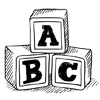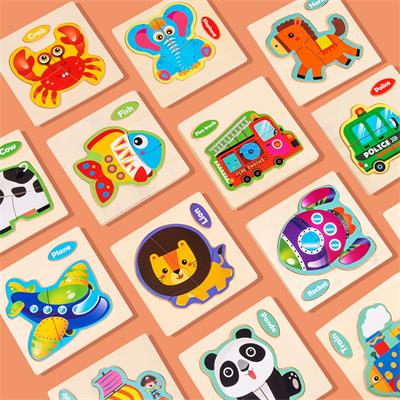Introduction: Behind every successful puzzle toy lies a fusion of art and science in its design. The careful consideration of both aesthetic appeal and cognitive engagement makes puzzle toys captivating and effective learning tools. In this blog, we’ll explore the art and science of puzzle toy design, understanding the elements that contribute to their allure and educational value.
- Visual Appeal: Puzzle toys boast visually appealing designs that attract and captivate users, encouraging them to explore and engage with the toy.
- Cognitive Complexity: Effective puzzle toy design balances challenge and attainability, offering varying levels of cognitive complexity that cater to different ages and abilities.
- Material and Texture: The choice of materials and textures in puzzle toy design enriches the sensory experience, enhancing tactile exploration and engagement.
- Age-Appropriate Themes: Age-appropriate themes in puzzle toys resonate with children, making the learning experience relatable and meaningful.
- Seamless Interlocking Mechanisms: Thoughtful interlocking mechanisms facilitate smooth assembly and disassembly of puzzle pieces, reducing frustration and promoting satisfaction.
Conclusion: Puzzle toy design harmonizes art and science, combining visual appeal, cognitive complexity, material and texture choices, age-appropriate themes, and seamless interlocking mechanisms. As designers and manufacturers invest in creating engaging and effective puzzle toys, they contribute to the educational and developmental enrichment of users. The artful fusion of aesthetic allure and cognitive engagement ensures that puzzle toys remain timeless and cherished learning tools that inspire creativity, exploration, and a love for learning in children and adults alike.








